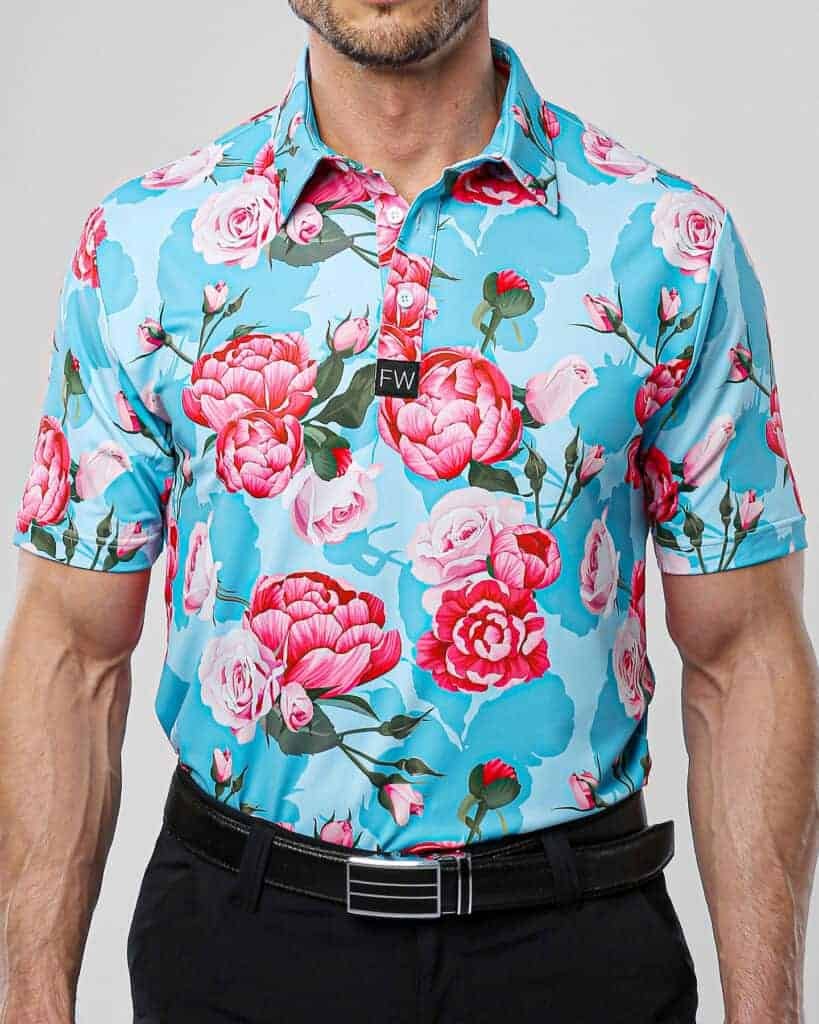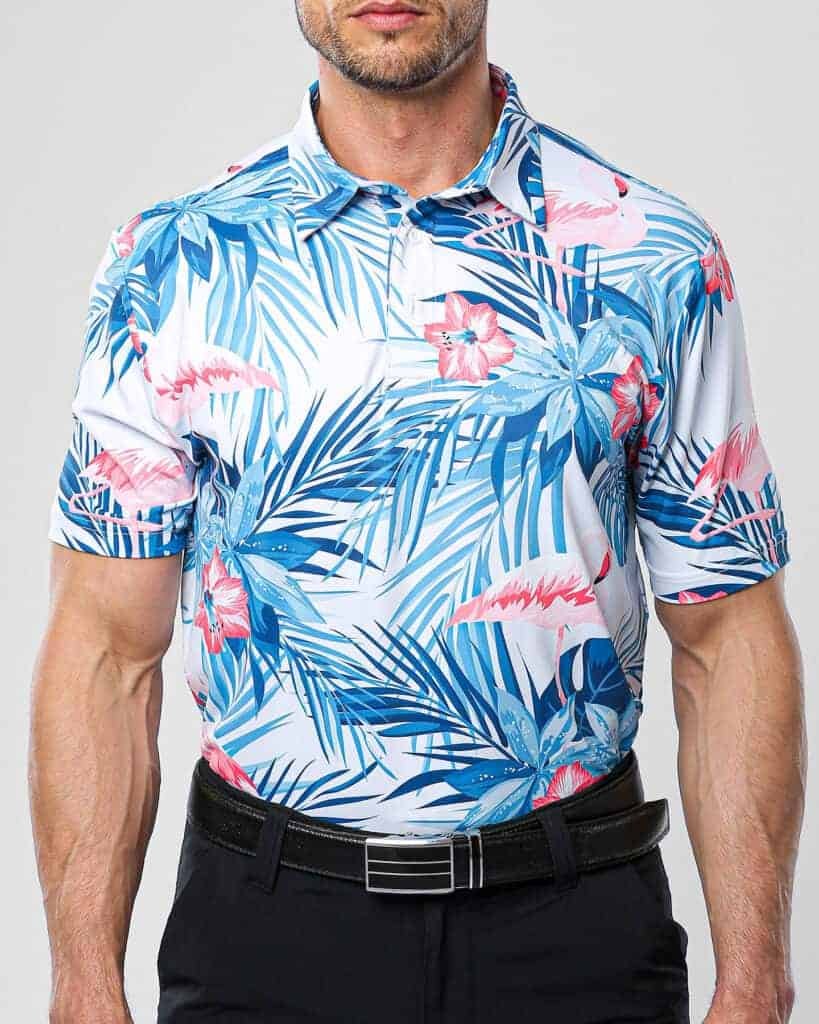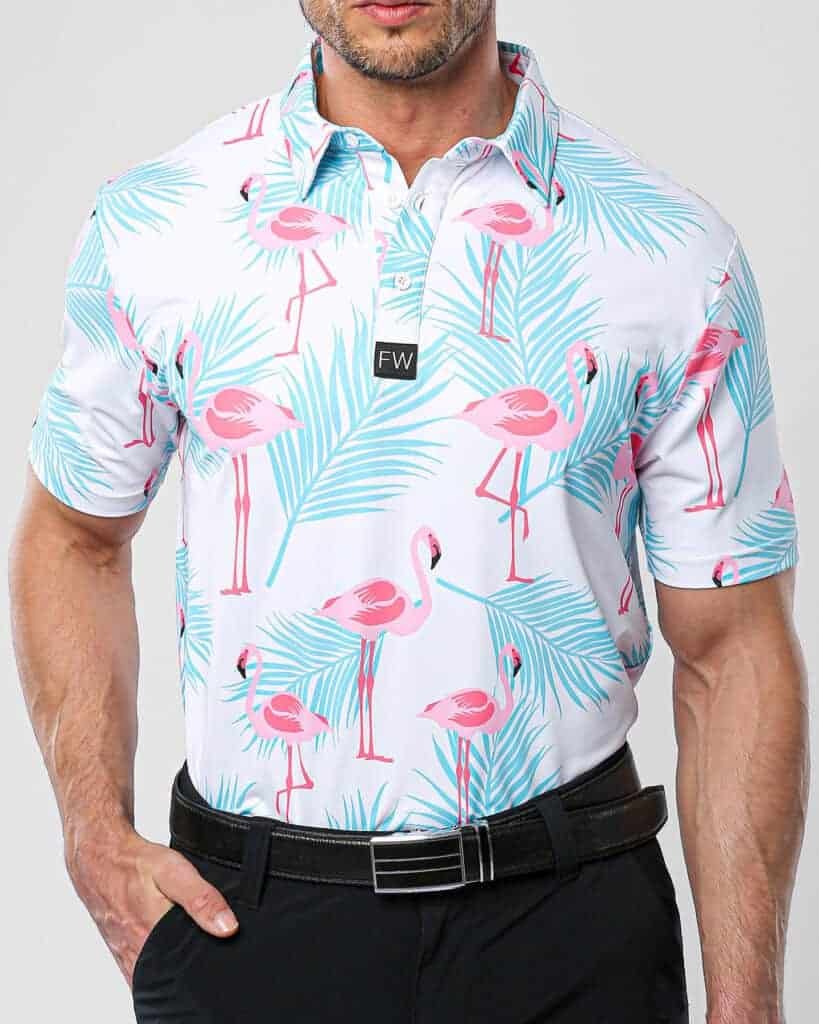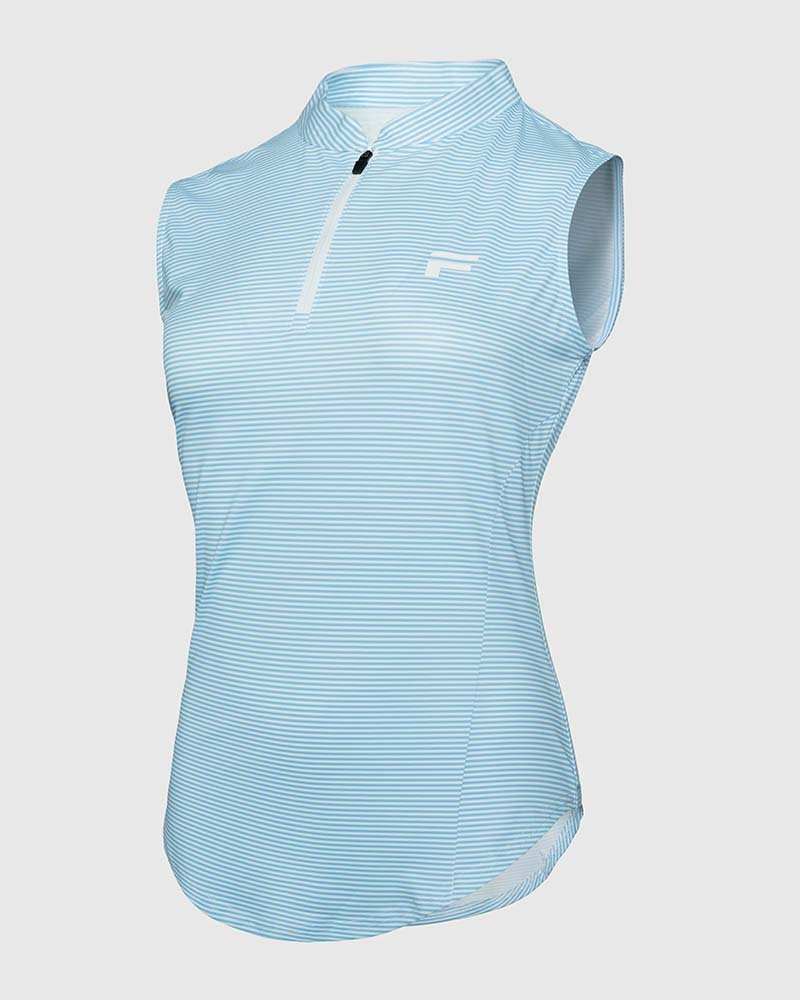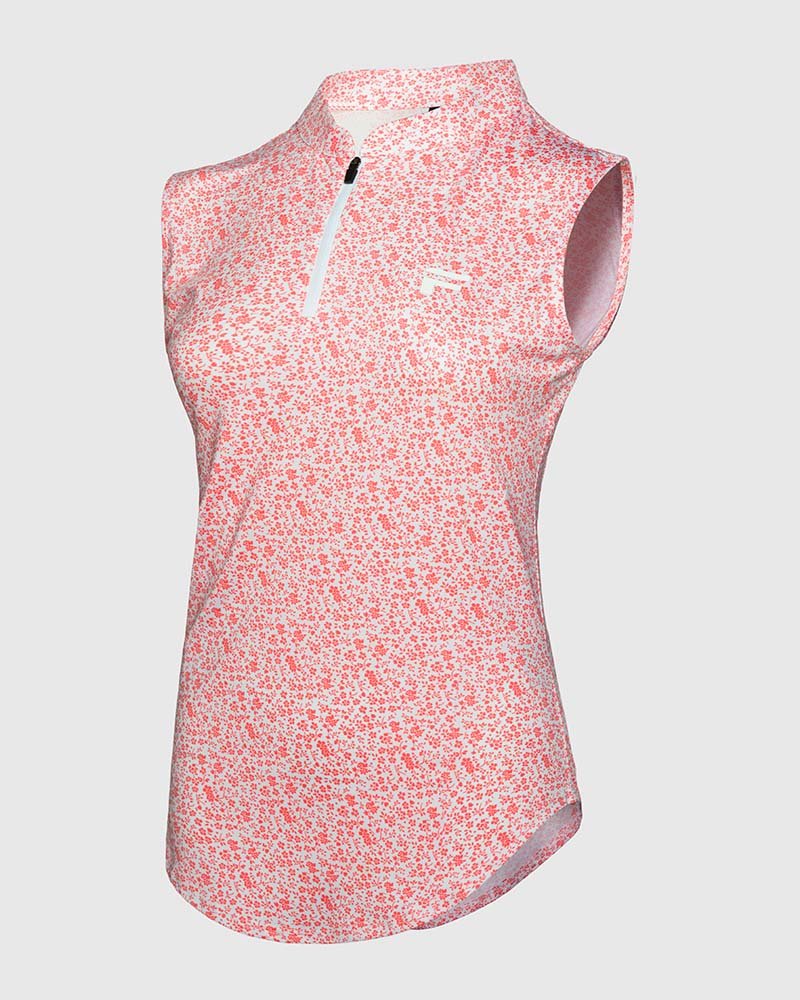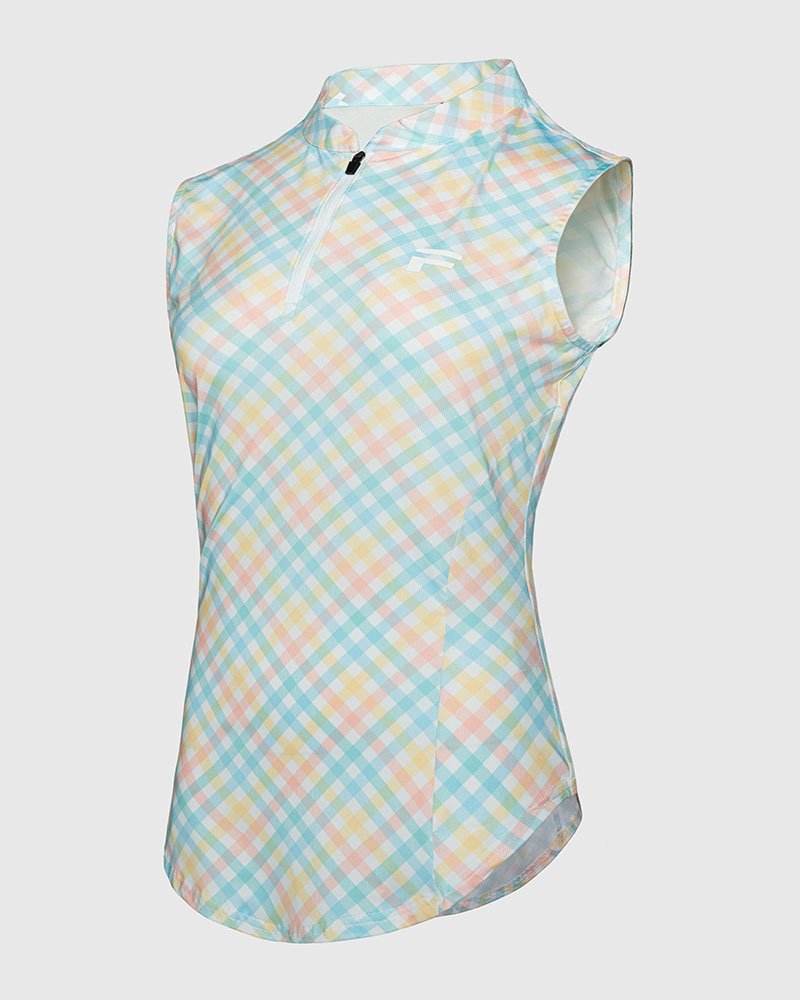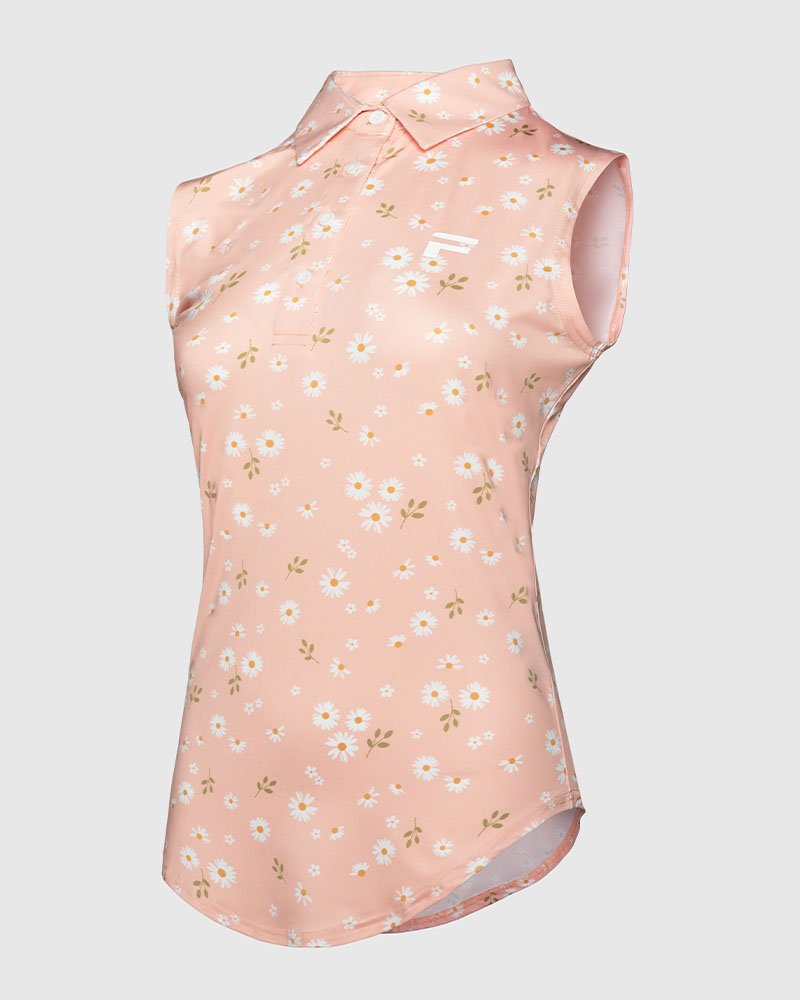
Golf shorts and pants may look similar, but their manufacturing techniques differ due to fabric selection, stitching, and design requirements. Shorts prioritize breathability and flexibility, while pants focus on structure and durability. Understanding these differences helps golfers choose the best apparel for performance, comfort, and weather conditions.
Golf shorts and pants differ in fabric, construction, and functionality. Shorts use lightweight, moisture-wicking materials with minimal seams for breathability, while pants incorporate structured fabrics, reinforced stitching, and water-resistant coatings for durability. Shorts prioritize flexibility and airflow, whereas pants focus on fit retention and weather adaptability, making them suitable for various golf conditions.
Fabric Selection & Performance Requirements
Both golf shorts and pants use moisture-wicking, stretchable, and breathable fabrics, but their construction varies based on seasonal and functional needs.
- Golf Shorts:
- Typically made from lightweight, breathable materials like polyester blends, nylon, or technical cotton.
- Greater emphasis on moisture-wicking and quick-drying properties to keep players cool in warm weather.
- Stretch woven fabrics (such as spandex blends) are common for enhanced mobility.
- Golf Pants:
- Often use mid-weight to heavier fabrics like polyester, wool blends, or soft-shell materials.
- May include thermal layers or water-resistant coatings for cooler weather play.
- More focus on wrinkle resistance and shape retention since pants are worn in a wider range of conditions, including professional settings.
Manufacturing Insight:
- Shorts require precise moisture control treatments to prevent sweat marks, while pants may undergo thermal laminations or DWR (Durable Water Repellent) coatings for weather resistance.
- Pants often involve more complex fabric blends for insulation, whereas shorts focus on ventilation and lightweight weaves.
Construction & Stitching Differences
The way shorts and pants are assembled affects durability, stretch, and comfort.
- Golf Shorts:
- Typically feature fewer seams for a streamlined, lightweight feel.
- Flatlock stitching or bonded seams are used in premium designs to reduce chafing.
- Shorter inseams and flexible waistbands enhance range of motion.
- Golf Pants:
- Require more complex stitching, such as double-stitched seams for reinforcement.
- Additional structural elements like inner lining or interfacing in the waistband for a polished look.
- May include tapered leg designs with articulated knees for enhanced fit and flexibility.
Manufacturing Insight:
- Pants often use multiple panel constructions to shape the legs, while shorts can be cut from larger fabric sections to maintain stretch and flexibility.
- Pants require reinforced crotch gussets for durability, whereas shorts prioritize ventilated gussets for airflow.
Fit & Pattern Making Variations
Pattern development differs significantly between shorts and pants due to length, drape, and body movement considerations.
- Golf Shorts:
- Designed with shorter inseams (7”-10”), requiring less fabric but more precise pattern grading for different body types.
- Often feature a relaxed or athletic fit to allow ease of movement.
- Minimal tapering to maintain a casual and sporty look.
- Golf Pants:
- Require longer inseams (30”-34”), leading to more fabric usage and seam reinforcements.
- More variety in tapered, slim, or classic cuts to meet dress code requirements.
- Pants often include crease retention techniques (such as fusing or interlining) to maintain a crisp look.
Manufacturing Insight:
- Shorts typically require less complex pattern grading, while pants demand precise draping techniques to maintain their tailored appearance.
- Golf pants undergo more post-production pressing and steaming to achieve a structured finish.
Waistband & Closure Systems
A well-constructed waistband is key to comfort and fit in both shorts and pants, but design priorities differ.
- Golf Shorts:
- Frequently feature elasticated waistbands or stretch panels for a comfortable, athletic fit.
- Closure systems include snap buttons, drawstrings, or hook-and-bar fastenings for easy adjustment.
- Golf Pants:
- More structured waistbands with reinforced belt loops for professional styling.
- Usually include hidden grip linings inside the waistband to keep shirts tucked in.
- Zippers and button closures are preferred over elastic for a polished look.
Manufacturing Insight:
- Shorts often incorporate heat-welded stretch panels, while pants use stitched interlining for durability.
- Pants may feature multiple waistband layers for shape retention, while shorts prioritize flexibility and comfort.
Additional Design Features & Finishing Techniques
The final stages of manufacturing involve adding features that enhance function and appeal.
- Golf Shorts:
- Ventilation eyelets, laser-cut perforations, or mesh pockets for breathability.
- UPF protection coatings for sun protection.
- Minimalist finishing to keep the garment lightweight.
- Golf Pants:
- Water-resistant coatings or anti-stain treatments for durability.
- Inner lining or brushed fleece for warmth in winter golf pants.
- Precise crease-setting processes for a sharp, professional look.
Manufacturing Insight:
- Pants undergo heat-sealing techniques to maintain shape, while shorts may use bonded hems for a smooth, irritation-free edge.
- Shorts are often pre-shrunk to avoid post-production size changes, while pants rely on structured shaping techniques to maintain fit.
Final Thoughts: Why the Differences Matter
The choice between golf shorts and pants depends on weather, comfort, and professional requirements. From a manufacturing perspective:
- Shorts focus on breathability, flexibility, and lightweight materials for warm-weather performance.
- Pants require durability, structure, and tailored construction for year-round versatility.
Understanding these differences allows manufacturers to optimize fabric selection, stitching methods, and finishing processes for each product. Golf brands must balance performance, durability, and style to meet the needs of modern golfers.



